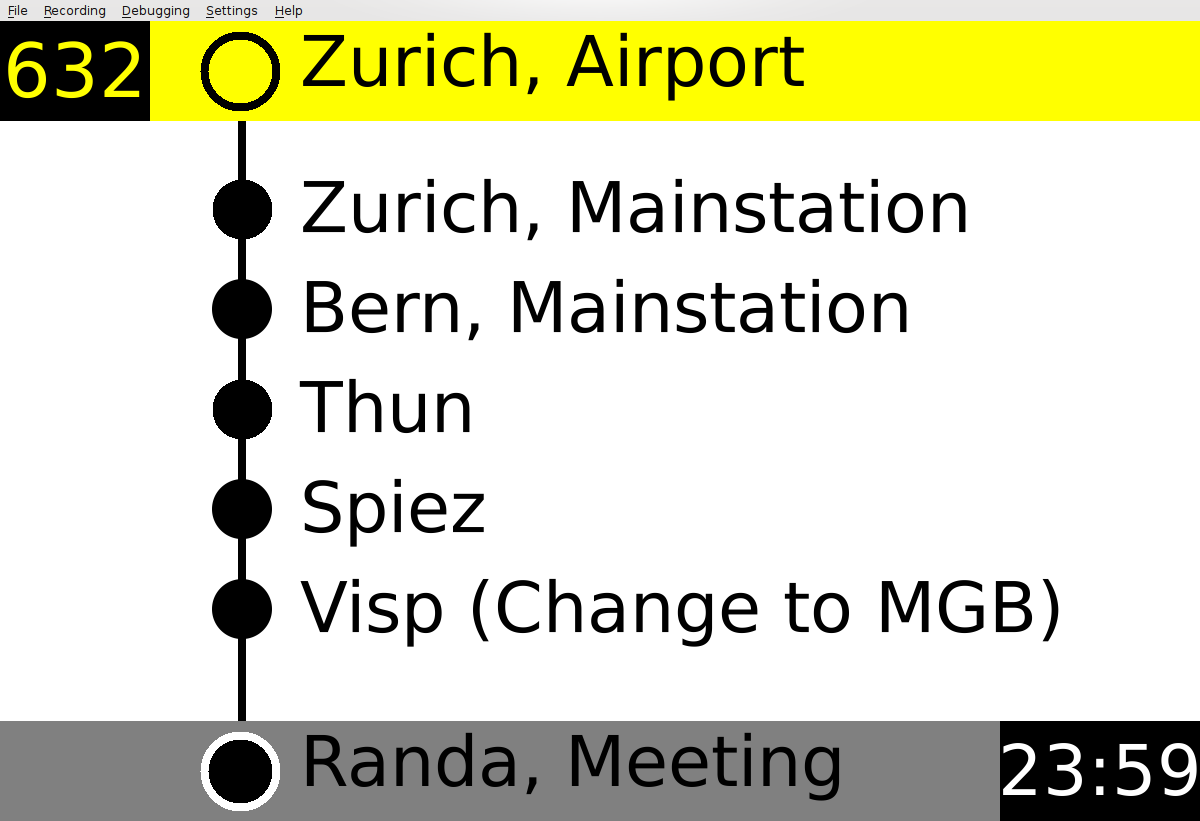We need you for Nepomuk (integration)!
Wednesday, March 30th, 2011First I’d like to thank David Vignoni for his work on the logo for the Randa meeting. It’s the basis for the work of the young informatic trainees. But the results are still secret (as even I haven’t seen anything myself but get the first results at the end of this week ;-).
And now to the ideas and proposals (btw this has nothing in common with the GSoC ideas of KDE!). As you probably or hopefully already know the KDE Nepomuk team will have a meeting in Randa this June (from the 1st to the 7th of this month) and we still want application developers to integrate this technology in their application or to work on some interesting and great new ideas. And there will be really good help as Sebastian Trüg will be in Randa and he is going to do one or the other workshop of Nepomuk basics. And here are some ideas and thoughts of mine to start your imagination engines:
- The KDE semantic clipboard. There is some code in the old subversion playground of KDE and in December 2010 I wrote a paper about this topic. In short, this clipboard enhances to normal one with the capability of knowing what (in the context of meaning) it copy-and-pastes. This clipboard does not just copy numbers and formatting but addresses, geographic coordinates or blbliographic references. Take a look and bring it to a releasable state. There are even some solution proposals in the above mentioned paper.
- All of the new KDE PIM application use Nepomuk technology through their Akonadi interactions.
- Digikam had (or has?) some capabilities to exchange its information and metadata with the Nepomuk storage. What about tagging your pictures with the contacts (and PIMO::Persons) of the new Kaddressbook and projects which are then usable system wide.
- And Amarok had (or again has?) some functions to share it’s music database with Nepomuk and thus make it system wide and not just enclosed in one applicatition.
- But there are as well good examples for existing Nepomuk integration: Bangarang. A multimedia player which remembers what you like, what music and videos you have on your system and where is more information about this media data (in the web).
- Another idea could be a (scientific) paper or article collector which understands the connections (or quotations) between the articles and that the strings at the top (authors) are actually persons and the references at the end of the articles are actually links and thus relations to other papers and articles. Take a look at the SWRC ontology.
- Yet another project which extensively uses Nepomuk is the new KDE Telepathy framework. They don’t just invent yet another represenation of a person and its contacts but use PIMO::Person and thus make connections to them system wide comprehensible and reusable.
- And let’s not forget the Plasma framework and its activities. But there is more and better information about this on the site of ivan Cukic.
- Or something completely new. An ontology for TV series, recordings and shows… (Update: Sebastian told me that there is already one: NMM. And Bangarang and some other applications use it.)
- And there is Zeitgeist and QtZeitgeist…
Enough ideas? And last but not at all least and I almost forgot it: two ideas for plasmoids (and corresponding dataengines).
- A person plasmoid which shows all files, documents, addresses, persons, music, pictures, etc. related to this person and if you drag and drop something to this plasmoid the things get related (and not tagged with the string of this person’s name (and if you don’t know yet the important difference, please ask as I seem to be a bad teacher and explainer then)). Imagine something like a plasmoid with the name and picture of the person and in the config some checkboxes for all related resources (documents, audio files, persons, etc.) which should be displayed in the plasmoid.
- There is actually no second idea but an almost infinite number: more plasmoids (and dataengines) for other resources like projects, geographic locations (imagine a radar like plasmoid with resources depending on their proximity.)
I think these are some ideas and possible projects. As we want to send the e.V. board an estimated budget for Randa 2011 meeting we’d like to close the registration at the end of the this week.
And here are some more news about sponsoring and Randa 2011:
- 200.00 CHF by a private person.
- 500.00 CHF reducation for house renting (and thus another 500.00 CHF less for the e.V. budget).
If you have other or more ideas don’t hesitate to talk with us and do this live at the Randa 2011 meeting! For further questions just come to our mailing list.

